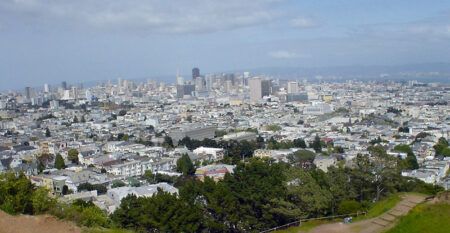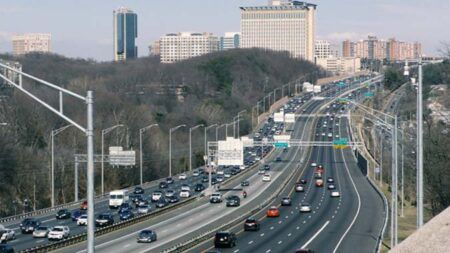New technology and methodologies developed at the Universities of Minnesota and Michigan could provide traffic engineers with a low-cost, easy-to-use toolbox for identifying intersections prone to red-light running long before crash data is available.
Red-light running (RLR) is one of the most common and dangerous causes of crashes at signalized intersections, with collisions typically at right-angles, which are frequently severe. About 45% of right-angle collisions result in injury compared to about 25% of other crash types. As a result, reducing the frequency of right-angle crashes can significantly improve overall road safety and reduce crash-related costs. To address this need, researchers at the University of Minnesota (UMN) and the University of Michigan (U-M) set out to determine whether it was possible to objectively and automatically identify intersections where RLR is most likely to occur.
Several previous UMN research projects, led by Professor Henry Liu, now with U-M, had developed the SMART Signal system, an automatic system that collects data from traffic signal controllers. The Minnesota Department of Transportation (MnDOT) has installed the system at more than 100 intersections in the Twin Cities. In this latest MnDOT-sponsored project, researchers developed tools that use SMART Signal data to evaluate safety performance at intersections. Liu’s team at the U-M used the SMART Signal data to estimate both RLR events and right-angle crossing conflicts. Because most intersections are not equipped to detect RLR, researchers found a way to pair vehicle-speed and traffic-volume data with traffic-signal-phase information from SMART Signal to identify potential RLR events.
To verify the accuracy of this method, they compared the potential events with data from actual RLR events and then developed a formula to predict whether an event would occur. Next, researchers designed a method to determine whether a RLR event would lead to a traffic conflict and added this new measure, ‘crossing conflict’, to a more standard model using average daily traffic. Finally, researchers at the UMN tested the new model to see if it could improve their ability to predict right-angle crashes at signalized intersections.
“If we can accurately measure traffic conflicts, we can begin to determine where dangerous crashes are most likely to occur,” explained Gary Davis, a UMN professor and the project’s principal investigator. “We found the frequency of red-light running was a better predictor of angle-crash frequency than the more traditional average daily traffic.”
MnDOT Metro District traffic engineer Steve Misgen said, “The new methodology could help us prioritize intersections for safety improvements and improve signal operations.”




